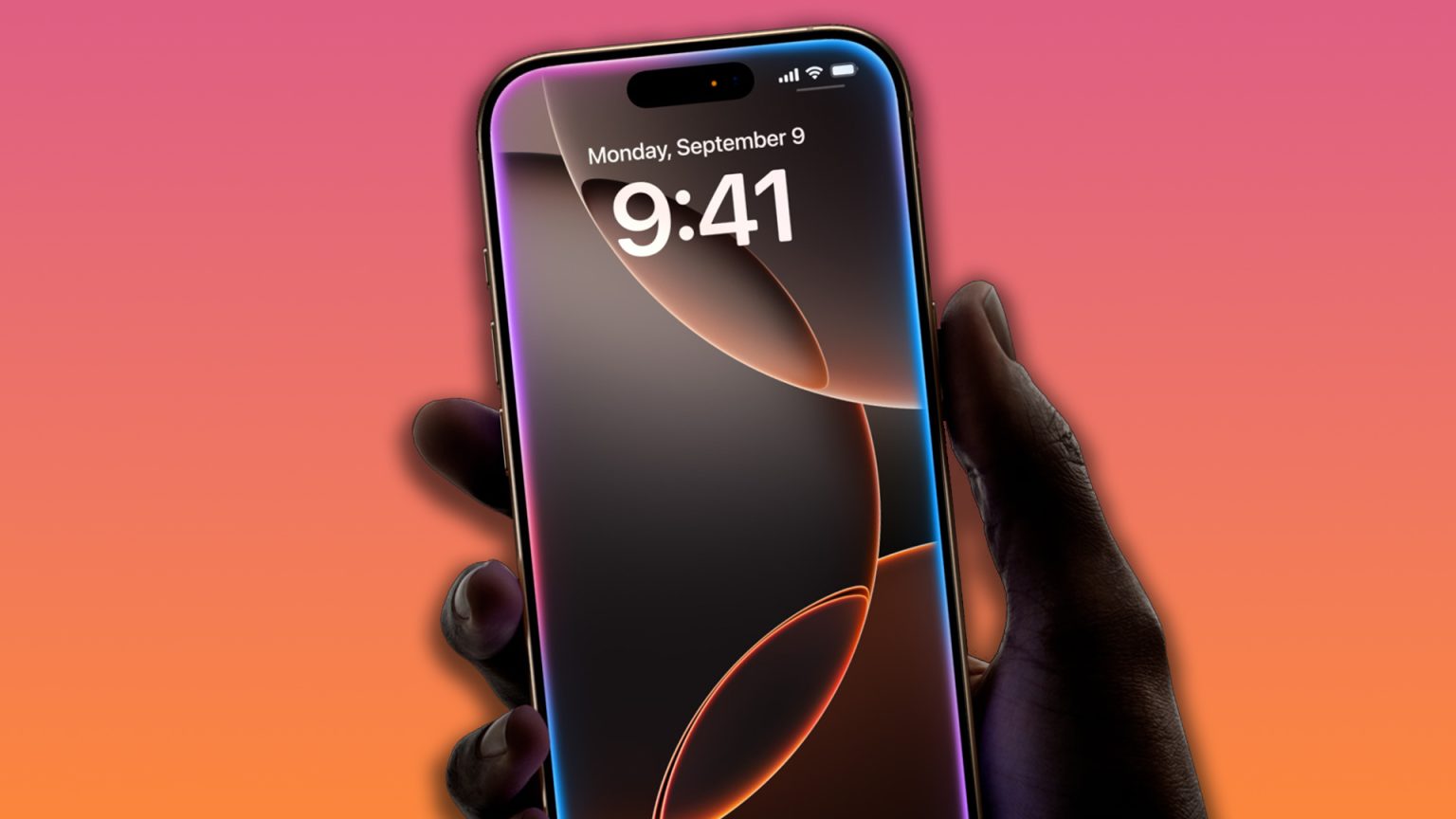Protecting your iPhone’s privacy from prying eyes is crucial in today’s interconnected world. Apple provides several built-in features that allow you to control access to your personal information and prevent unauthorized snooping. By implementing these simple tweaks, you can significantly enhance your iPhone’s security and maintain peace of mind. This comprehensive guide outlines five essential steps to fortify your iPhone’s defenses against potential snoopers.
The first line of defense against snooping is controlling what information is visible on your Lock Screen. While convenient, displaying various data on the Lock Screen can compromise your privacy. Navigate to Settings > Face ID & Passcode and scroll down to “Allow Access When Locked.” Here, you can selectively disable access to features like Today View, Notification Centre, Control Centre, Widgets, Live Activities, Siri, Reply with Message, Home Control, Wallet, Return Missed Calls, and Accessories. Disabling unnecessary features limits the information accessible without unlocking your phone. Consider which features you can comfortably disable without significantly impacting your workflow.
Notifications can also reveal sensitive information, even on a locked screen. To prevent previews from showing up on your Lock Screen, go to Settings > Notifications > Show Previews. Change the setting to “When Unlocked” or “Never” for maximum privacy. You can also customize notification settings for individual apps. This allows you to receive previews from trusted sources, like news apps, while hiding previews from messaging apps that might contain private conversations. This granular control provides a balance between convenience and confidentiality.
Even with an unlocked phone, you can protect your most sensitive apps by enabling app locking and hiding. With iOS 18 and later, you can require Face ID authentication to open specific apps, even if your iPhone is already unlocked. Simply long-press an app icon on the Home Screen and choose “Require Face ID.” For even greater privacy, select “Hide and Require Face ID” to conceal the app within the Hidden folder in the App Library. This folder itself can be hidden by going to Settings > Apps > Photos and unticking “Show Hidden Album.” This provides an extra layer of security for your most private apps.
Beyond apps, safeguarding your photos is equally important. The Photos app allows you to hide specific images, preventing them from appearing in your general photo feed. Long-press an image and select “Hide” to move it to the Hidden album, accessible within the Utilities section of the Photos app. Like hiding apps, you can further enhance privacy by hiding the Hidden album itself through the Photos settings. This provides a secure location for sensitive images you wish to keep private.
Finally, Apple’s Safety Check feature offers a comprehensive overview of your privacy settings and shared access. Accessible through Settings > Privacy & Security > Safety Check, this feature allows you to review and manage data sharing with people and apps. It provides insights into location sharing, photo access, and Apple ID logins. For immediate action, the Emergency Reset button revokes all access granted to others, while Quick Exit saves your changes and closes the Settings app quickly. This feature is a powerful tool for quickly assessing and controlling your privacy settings. Regularly reviewing these settings is a good practice for maintaining your iPhone’s security.


